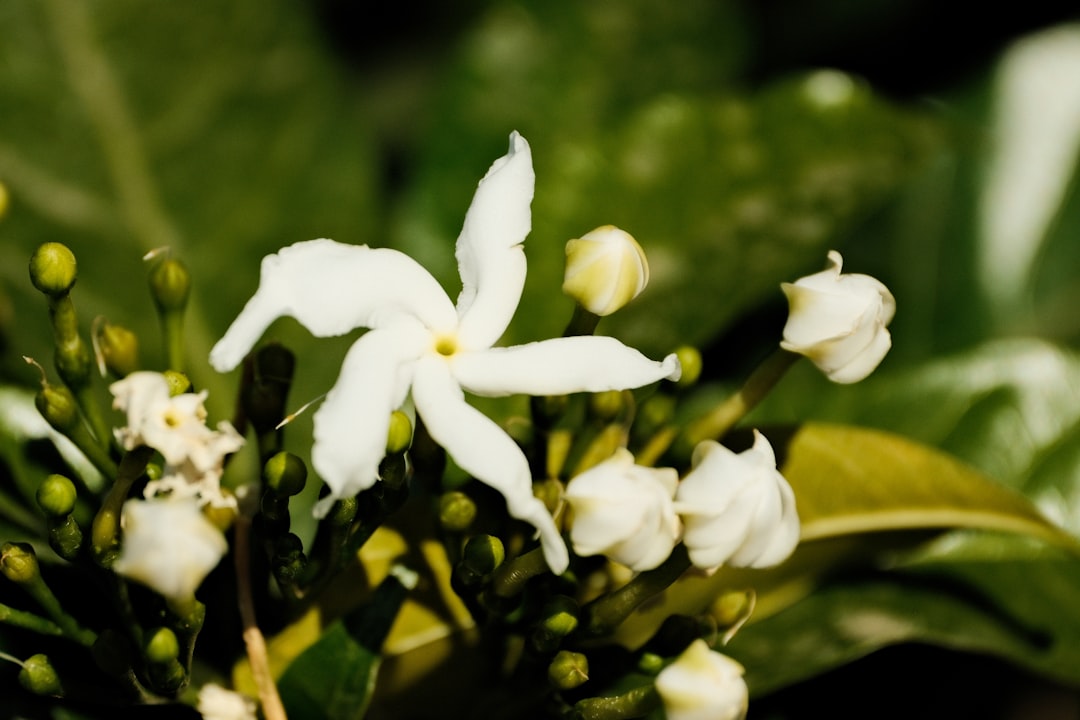Transform Your Yard with a Stunning Dry Creek Bed

Are you tired of dealing with poor drainage in your yard? Do you dream of a beautiful and functional landscape that not only solves your water problems but also adds a touch of natural beauty? Look no further than creating an eye - catching, water - diverting dry creek bed. This landscaping feature is not only practical but also aesthetically pleasing, and it can transform your outdoor space.
### Planning Your Dry Creek Bed
The first step in creating a dry creek bed is planning. Start by observing the natural flow of water in your yard. Notice where water tends to pool during heavy rains or after watering. This will give you an idea of the best location for your dry creek bed. You want to direct the water away from areas where it causes problems, such as near the foundation of your house or in low - lying areas that stay soggy.
Measure the area where you plan to build the creek bed. Decide on the length and width based on the amount of water you need to divert and the available space in your yard. A typical dry creek bed can range from a few feet wide to several feet wide, depending on your needs. Sketch out the shape of the creek bed on paper. It can be a straight line, a gentle curve, or a more meandering path. Curved or meandering paths often look more natural and can slow down the flow of water, reducing erosion.
### Preparing the Site
Once you have planned the location and shape of your dry creek bed, it's time to prepare the site. Remove any grass, weeds, or debris from the area. You can use a shovel or a sod cutter to remove the grass. Dig down to a depth of about 6 - 12 inches, depending on the size of the rocks you plan to use. The depth should be sufficient to hold the rocks and allow for proper water flow.
Line the bottom of the creek bed with landscape fabric. This will help prevent weeds from growing up through the rocks and also help with water filtration. Secure the fabric in place with landscape staples. Make sure the fabric covers the entire bottom and sides of the creek bed.
### Choosing the Right Rocks
Selecting the right rocks is crucial for the look and functionality of your dry creek bed. You can choose from a variety of rocks, such as river rocks, boulders, and gravel. River rocks are a popular choice because they have a smooth, rounded shape and come in a variety of sizes and colors. Boulders can be used to create focal points or to define the edges of the creek bed. Gravel can be used to fill in the spaces between the larger rocks and to help with water drainage.
Start by placing the larger rocks, such as boulders, along the edges and in strategic locations within the creek bed. This will give the creek bed its shape and structure. Then, fill in the rest of the creek bed with smaller river rocks and gravel. Make sure the rocks are arranged in a natural - looking pattern, mimicking the way a real creek bed would look.
### Adding Plants
To make your dry creek bed even more beautiful and natural - looking, consider adding some plants. You can choose plants that are native to your area and that can tolerate dry conditions. Some good options include sedums, lavender, and ornamental grasses. Plant the plants along the edges of the creek bed or in small pockets between the rocks.
Plants not only add color and texture to the creek bed but also help with erosion control. Their roots hold the soil in place and prevent it from being washed away by the water. Make sure to water the plants regularly until they are established.
### Maintenance
Maintaining your dry creek bed is relatively easy. Periodically check the rocks to make sure they are still in place and haven't shifted. Remove any debris, such as leaves or twigs, that may have accumulated in the creek bed. If you notice any weeds growing through the landscape fabric, pull them out by hand.
During heavy rains, monitor the water flow in the creek bed to make sure it is functioning properly. If you notice any areas where the water is not flowing correctly, you may need to adjust the rocks or the slope of the creek bed.
In conclusion, creating a dry creek bed in your yard is a great way to solve drainage problems and enhance the beauty of your landscape. With a little planning, the right materials, and some creativity, you can have a stunning dry creek bed that will be the envy of your neighbors.